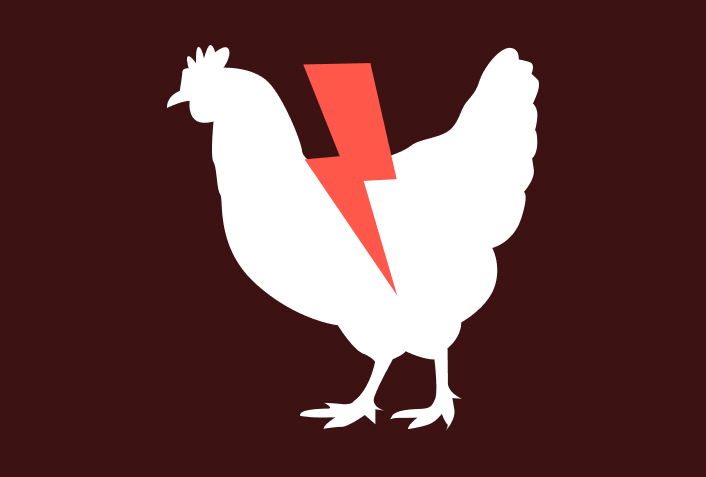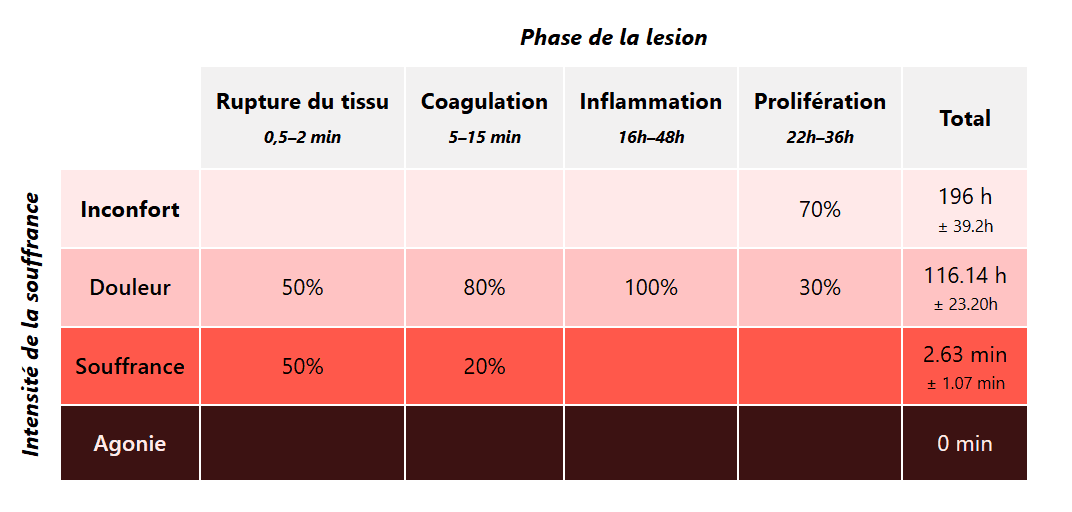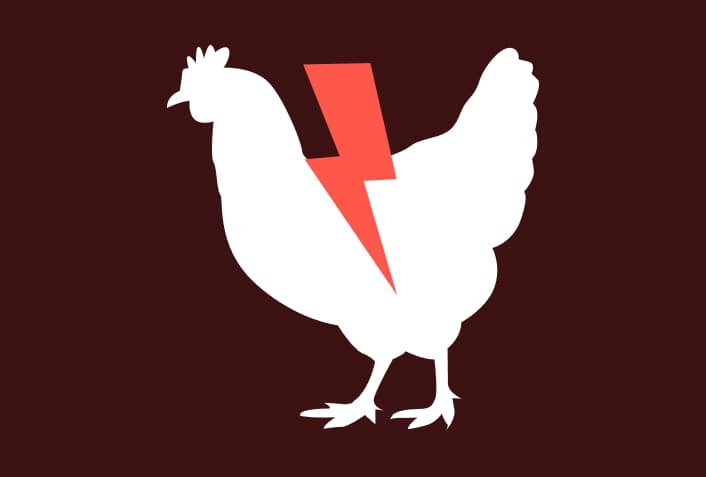A scientific project of unprecedented scale, involving almost all research into the welfare of laying hens
What does a caged hen experience? How does it differ from a free-range hen? What is the nature and extent of these differences? While it is now possible to precisely compare the carbon footprint of different foods, the "animal suffering" footprint remains unclear.
The Welfare Footprint Institute aims to fill this gap by quantifying for the very first time the animal suffering behind a food product: the egg.
These results are the result of extensive work between 2021 and 2025, bringing together specialists in animal welfare and veterinary sciences, ethology, and neuroscience, who analyzed more than 1,000 studies. This interdisciplinary work resulted in a pioneering methodology for quantifying animal suffering throughout the egg production cycle.





